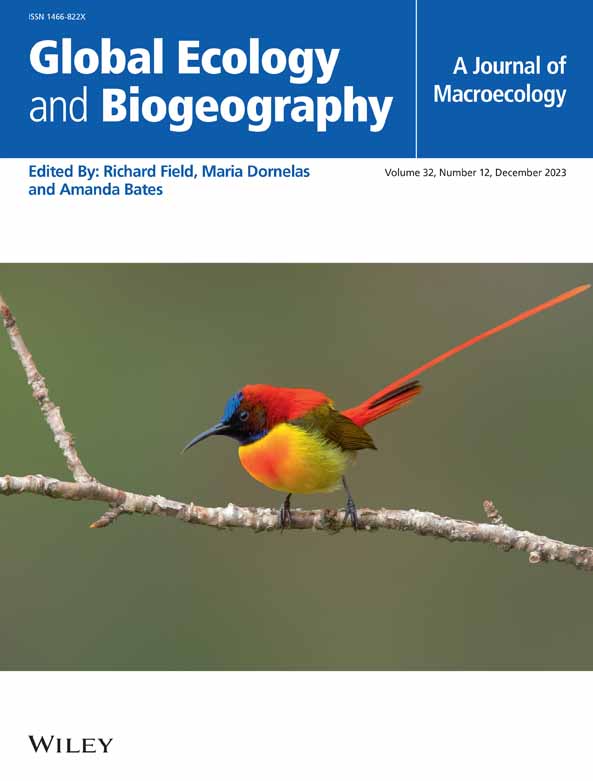Generating Spatialised and Seasonal Deep-Time Palaeoclimatic Information: Integration Into an Environmental-Dependent Diversification Model
Abstract
Aim
Testing the impact of climate on diversification is a major goal of evolutionary biology. Birth-death models like palaeoenvironment-dependent diversification (PDD) models, for example, allow exploring the potential correlations between diversification dynamics and past environmental changes, such as temperature, among other abiotic variables. So far, such studies have been limited to proxy-derived global temperature trends, because these are the only temperature records that are easily accessible and almost continuous over multimillion-year periods.
Innovation
In this study, we propose a methodology to generate spatialised and/or seasonal palaeotemperature time series. To do so, we take advantage of temperature variables simulated by climate models for several ‘snapshots’ of the last 100 million years. Based on the hypothesis that a long-term global temperature drift is imprinted, to some degree, on all regional and seasonal temperature records, we use the global proxy-derived temperature record as the mean of interpolation between discrete climate simulations. We then evaluate the possibility of constraining the PDD models, as implemented in RPANDA, with these hybrid temperature time series. We assess if these regional and seasonal temperature trends may be more relevant to the evolutionary history of a given clade than the global temperature record used so far.
Main Conclusions
Our results show that PDD models using seasonal and/or regional hybrid temperature time series tend to receive high statistical support. This offers promising perspectives for refining our understanding of the impact of regional and seasonal temperature evolution on diversification dynamics, and calls for continuing development of deep-time palaeoclimate modelling and interdisciplinary studies.


 求助内容:
求助内容: 应助结果提醒方式:
应助结果提醒方式:


